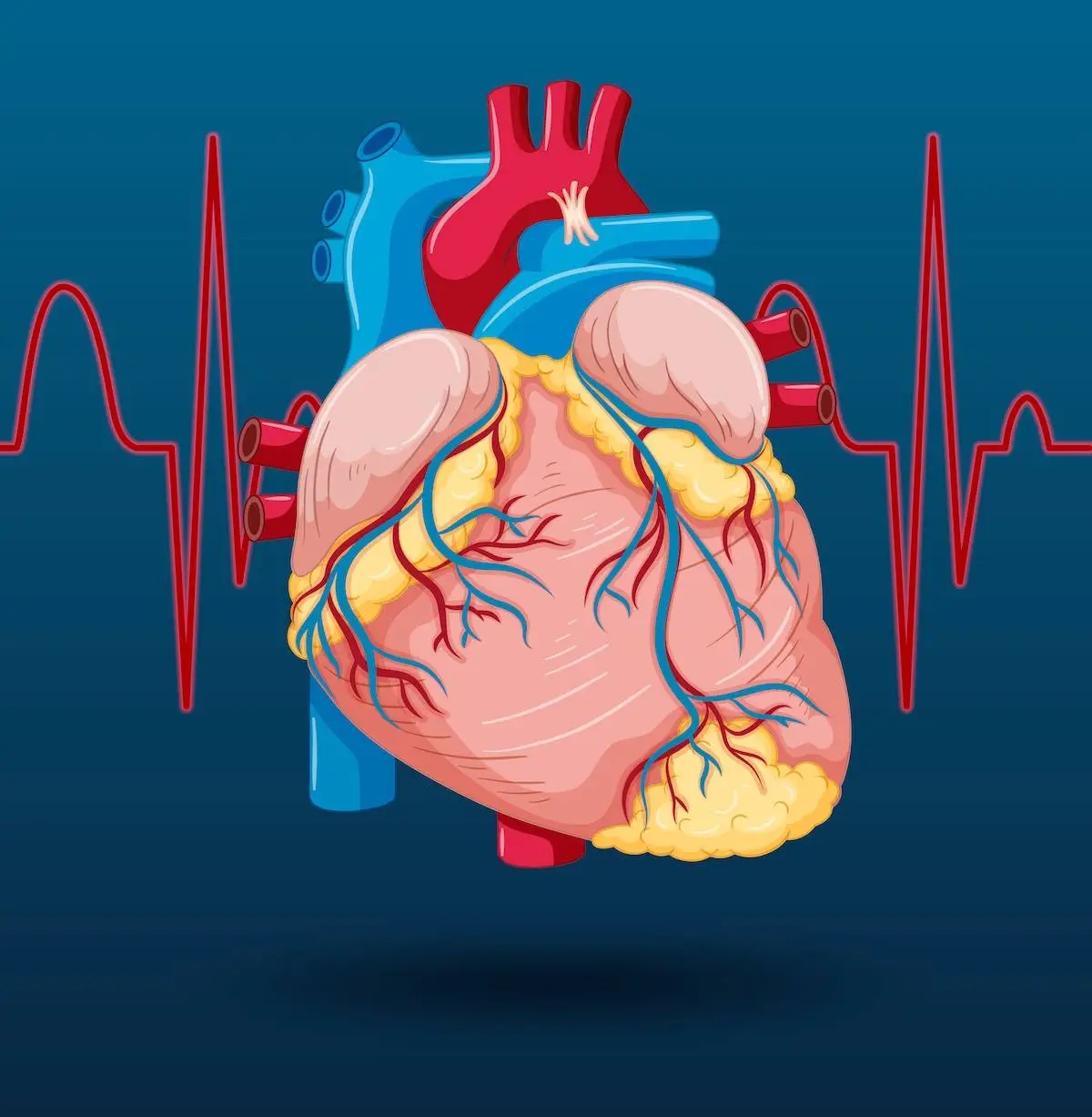Sudden cardiac death, the abrupt loss of heart function leading to mortality, accounts for up to 20% of passings globally. Despite being a major public health issue, our capacity to predict and prevent sudden cardiac death remains extremely restricted. However, pioneering investigation applying sophisticated algorithms to medical history data proposes such systems could crack the code on unraveling susceptibility, enabling avoidance and rescuing countless lives.
The Puzzle of Sudden Cardiac Death
Sudden cardiac death transpires when the heart unexpectedly halts functioning, stopping the pumping of blood to vital bodily organs. This can result from conditions like coronary heart sickness or inherited disorders, but the precise triggers are poorly grasped. Sudden cardiac death is arduous to predict with standard cardiovascular risk models. Warning indications like chest pain may be absent, and low-risk persons can also perish.
This unpredictability makes sudden cardiac death especially terrifying and ruinous. Nearly 300,000 cases transpire every year in the US alone. The global burden is approximated at over 5 million lives forfeited annually. Despite the promotion to implement defibrillators and CPR education, we have made little headway in curbing these dismal data. Cracking the enigma of who is susceptible remains elusive – but advanced computation may be the key.
Constraints of Traditional Approaches
Conventional attempts at risk projection depend on identifying factors like hypertension, smoking, diabetes, and family history. However, these fail to paint the full portrait at the individual level. A new tactic is urgently necessitated – one that assimilates a person’s entire health trajectory from their complete medical history.
Sophisticated algorithms present the ideal solution, proffering a way to analyze massive quantities of data points and uncover patterns human clinicians may miss. With recent advances in applying such systems to medical history data, the time is ripe to develop personalized sudden cardiac death risk models that can pinpoint at-risk persons and enable prevention.
Leveraging Algorithms to Analyze 25,000 Health Trajectories
In a new study presented at the American Heart Association’s Resuscitation Science Symposium 2023, French and American experts analyzed extensive health data on 25,000 persons who endured sudden cardiac death. Each person’s medical records were scoured for over 1 million diagnosis codes and 10 million medication prescriptions over the prior decade.
The team developed nearly 25,000 unique risk equations utilizing algorithms on this data. The models processed these lifelong health trajectories and determined amalgamations of factors predisposing to sudden cardiac death for each person. The personalized models included diverse medical histories like mental illnesses, hypertension, and alcohol abuse records.
Astonishing Accuracy in Projecting Individual Risk
Remarkably, the algorithmic analysis achieved over 90% accuracy in envisaging high-risk persons who later succumbed to sudden cardiac death. Predictors included interrelated circumstances spanning cardiology, neurology, psychiatry, and metabolism – seizing the holistic perspective only algorithms can provide.
This high precision exhibits the immense potential of such systems to provide actionable risk information at the individual level. With further validation and maturation, such models could one day steer clinical decision-making and screening. Patients could gain powerful insights into risk and collaborate with clinicians to mitigate reversible factors.
Conceptualizing Future Algorithm-Driven Preventive Approaches
The experts note this is only the first step toward unlocking algorithmic predictive prowess. Extending analyses across diverse populaces and geographies will be critical to ensure generalizability. If proven effective, predictive models could be incorporated into clinical practice and public health infrastructure.
For instance, high-risk patients could have defibrillators implanted or be monitored with wearables able to detect arrhythmias. Broader screening initiatives powered by algorithms could also be actualized to uncover at-risk persons who lack overt symptoms. Ultimately, decoding the biological basis of sudden cardiac death could pave the way for novel therapeutics.
The Future of Personalized, Predictive Medicine
This pioneering study demonstrates that even enigmatic circumstances like sudden cardiac death may yield their secrets to the analytical power of algorithms. It foreshadows a future where complex modeling guides highly personalized prediction, prevention, and treatment.
Challenges remain in enhancing and rigorously assessing such tools, alleviating unintended biases, and integrating insights into clinical care pathways. Thoughtful governance and ethical frameworks will be indispensable. But the epoch of harnessing big data to disentangle the intricacies of human health has truly arrived. One day soon, we may have the capacity to circumvent sudden cardiac demise and other permeating menaces preemptively. Sophisticated algorithms promise to shift medicine from reactive to truly preventive – bringing us strides closer to conquering some of society’s most ruinous diseases.
Story Source: Reference Article
Important Note: The research was presented as a preliminary work at the American Heart Association’s Resuscitation Science Symposium 2023, held Nov. 11–12 in Philadelphia. The research has not been communicated and has not yet undergone peer review. As a result, it is important to note that the findings should not be considered conclusive evidence, nor should they be used to direct clinical practice or influence health-related behavior. It is also important to understand that the information presented is not yet considered established or confirmed.
Learn More:
Dr. Tamanna Anwar is a Scientist and Co-founder of the Centre of Bioinformatics Research and Technology (CBIRT). She is a passionate bioinformatics scientist and a visionary entrepreneur. Dr. Tamanna has worked as a Young Scientist at Jawaharlal Nehru University, New Delhi. She has also worked as a Postdoctoral Fellow at the University of Saskatchewan, Canada. She has several scientific research publications in high-impact research journals. Her latest endeavor is the development of a platform that acts as a one-stop solution for all bioinformatics related information as well as developing a bioinformatics news portal to report cutting-edge bioinformatics breakthroughs.















